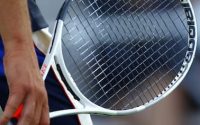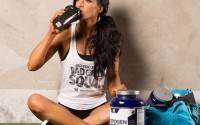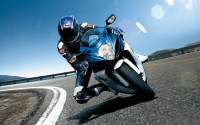The Ideal Equipment for Gymnastics Beginners
If you want to change up your everyday sedentary lifestyle and are looking for a shift in the right direction – why not try gymnastics? While your gym membership gives you plenty of health advantages, practising gymnastics can improve your self-morale, determination and flexibility on top of that. Not to mention it also improves concentration and helps you practice self-discipline. But just like any type of sport, you need the proper gear and self-determination to master it. Here are some tips that may be of great help.
Choosing the Right Gear
Clothing
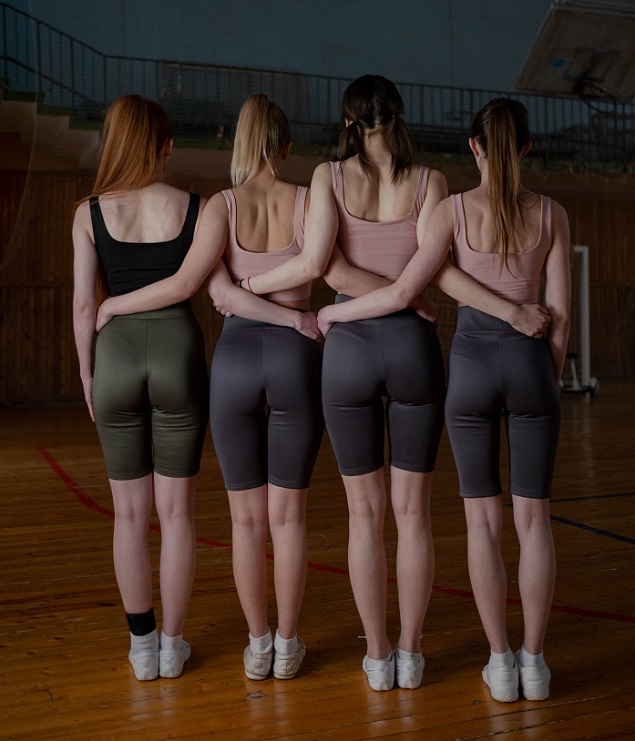
Whether you’re starting off in a gymnastics club or at home, you’ll want to have the proper clothing. It’s most important that you get a leotard, which is made of flexible material and allows your legs to move freely, or a singlet (a leotard cut in the shape of shorts at the bottom). However, you can also wear alternatives like tight-fitting dance shorts and a t-shirt in some situations. Just make sure they’re made from comfortable materials that will allow your skin to breathe and avoid synthetic. They should be wide enough for comfort, but tight enough to prevent any unwanted accidents.
Air Tracks
Safety is the number one priority in gymnastics, especially for beginners. More common injuries include sprained ankles, wrists and foot injuries, which are nothing to laugh at, but there are also more serious ones. Broken bones, ligament tears and concussions could happen for both beginners and professional gymnasts, as well as problems like Achilles tendonitis and lower-back problems.
If you’re starting with gymnastics at home or outdoors, you’re going to need a proper surface that will ensure your safety. Most people go for gymnastics foam mats which are widely available. These are thicker than the regular foam mats we use for exercising, but are still quite sturdy and slippery, and are pretty bulky for transportation.
The Best Surface for Practicing Gymnastics
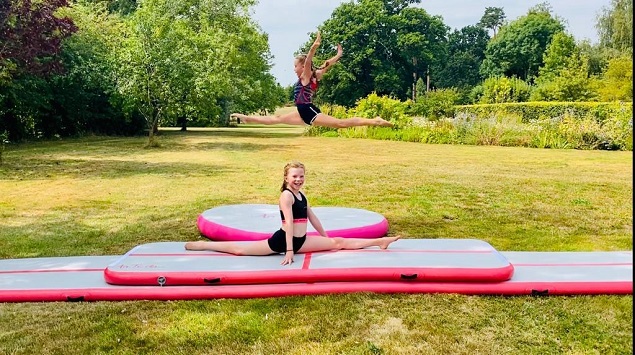
Inflatable air tracks are most ideal for practicing gymnastics at home. They’re also used by cheerleaders and exercising enthusiasts that want a little extra comfort. Most air tracks on the market have an anti-slip and water-resistant surface, with double-wall construction, and are soft on the body – minimizing the risks of injury. To further ensure safety, some manufacturers include additional lining in non-slip material at the edges. The robust structure keeps them firm and healthy even after persistent use.
Convenient for Use
Inflatable air tracks come with their own electric pump and inflate within minutes. The strong seal doesn’t let them deflate, so they don’t lose their shape or make disturbing noises for the rest of the family while you practice. You can inflate them to varying firmness, according to your preference. They’re light-weight and take little space in their deflated state, so you can take yours with you when travelling or move it outdoors so you can practice in nature.
Air tracks come in various sizes, but they usually cover a large space. Before you buy an air track, make sure you take accurate measurements of the room you want to place it in. Pay attention to the ceiling height, walls and uneven flooring.
Additional Safety Gear
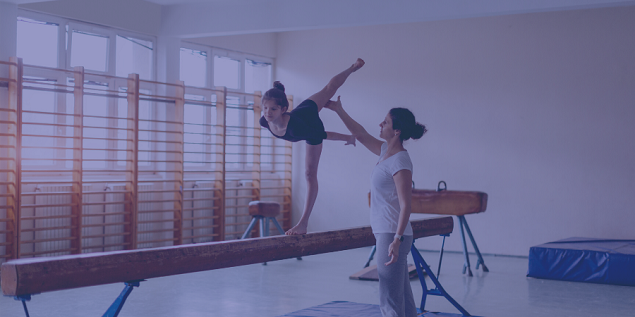
Except for proper clothing and safe practising surface, doing gymnastics requires additional protection for your hands and feet. Wrist straps help prevent injury and provide comfort if you’re planning on using equipment like bars or still rings, you can also wrap your hands in tape or gauze.
Footwear with a reinforced toe or special gymnastic shoes with rubber soles ensures a safe landing, especially if you’re using a balance beam. Spotting belts can hook into cables that attach to the ceiling and support you when learning a new move or practising something difficult.
Physical Preparation Advice
Gymnastics are a demanding sport that involves strength, flexibility, agility, balance and control. Gymnasts should be in good shape and practice the proper forms of each move they learn. You should warm up before training and have a cool-down period after training. Old and worn-out equipment can often result in injuries so it’s best to make sure it’s safe before using it.
What Are Good Beginner Exercises for Gymnasts?
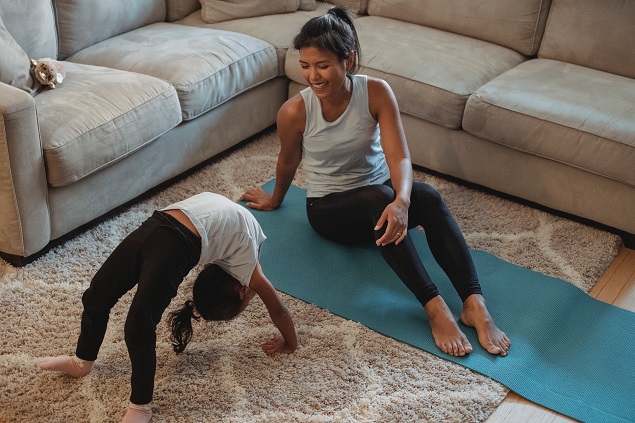
Some easier exercises to get you started are:
- Mountain climbers;
- Push-ups;
- Squats;
- Walking lunges (with or without weights);
- Planks;
- Burpees;
- V-ups (lie on your back with your legs and feet together and arms extended behind your head; use your abdominal muscles to lift your legs and touch your hands to your toes);
- Hollow rockers (rock your body back and forth while lying on your back with elevated hands and legs);
If you’re a complete beginner at gymnastics, it’s best to learn to do a handstand before doing a headstand. Most people believe that it’s the other way around, however, a headstand puts a lot of pressure on your head and neck, risking serious injury if you fall, while handstands are safer. You can easily practice them with your hands on your mat, while slowly going up a wall with your feet.
It’s important to keep doing exercises even as you advance further. Good intermediate exercise examples are press handstands, pull-ups, rope climbs, leg lifts, plyometrics, body tension exercises, shaping drills and others.

